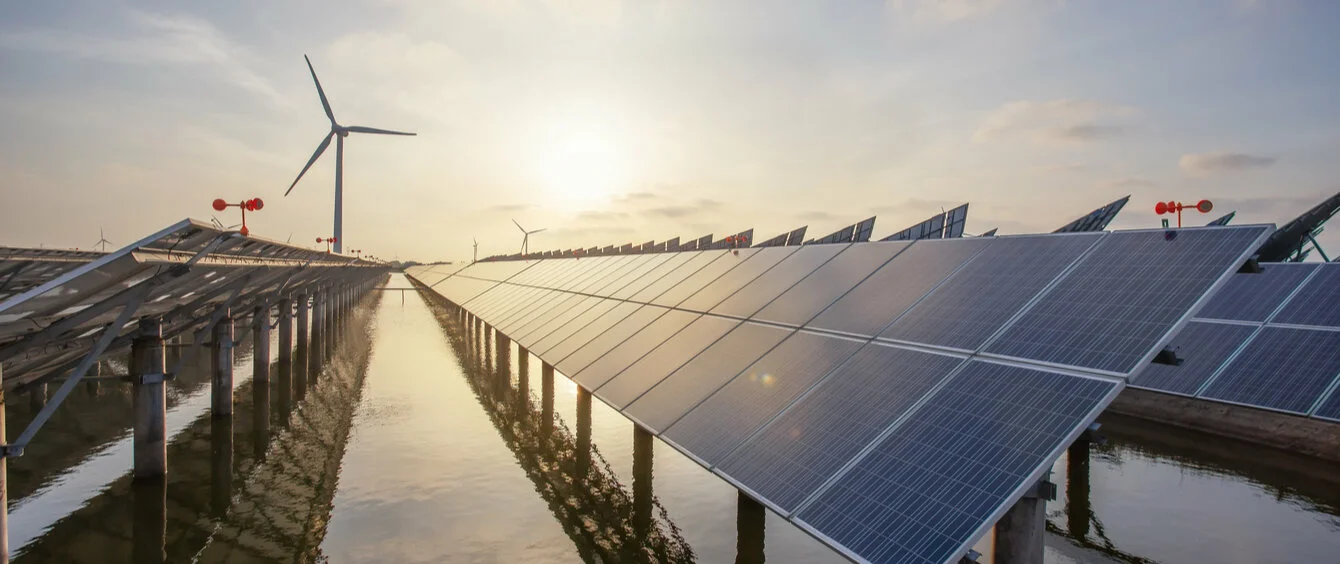As far as Germany is concerned, the country exceeded its climate target for the past year, primarily due to the Corona effect. Greenhouse gas emissions fell in comparison with the benchmark year of 1990 by 42.3 percent, as preliminary analysis by the Agora Energiewende think tank shows. For more information on the paper in German click here or in English here. The German government is aiming to reduce carbon emissions by 40 percent. Part of the reduction, according to Agora Energiewende can be attributed to the pandemic. Without it, the decline would have amounted to “only” 37.8 percent.
Covid-19 played a key role in the second trend too – the change in power mix. In particular, the spring lockdown caused a downturn in economic output and thus a temporary drop in power consumption. However the pandemic had no effect on wind and solar power – and equally little impact on the plants generating electricity, as they continued to increase their output. Some early estimates in December 2020 have since been confirmed by the official figures of Germany’s Federal Network Agency, with renewables accounting for 49.3 percent of power on the German grid and generation increasing yet again by 4.1 percent. Wind power alone delivered 27.4 percent of the annual total, with solar supplying nearly ten percent. You can find more details in German here or in English here.
At the same time, Germany imported significantly more electricity in 2020 than in the previous year. By the end of the year, nearly 33,000 gigawatt hours of electricity had been fed into the domestic grid, or about 36 percent more than in 2019. Since less power was sold abroad than in the previous year, there was also a substantial drop in Germany’s power export surplus. At around 17,400 gigawatt hours, it was only half as high as in 2019. By comparison, preliminary figures put 2020 gross power generation in Germany at 564,000 gigawatt hours. Anyone interested in the exact figures, will find more details in German here or in English here.
The rise in renewables also characterises the energy industry trend in the United Kingdom. For the first time, wind power in the summer made up 50 per cent of all electricity generated in the UK and just before the end of the year, on Boxing Day, wind for the first time ever accounted for more than half of the total, or precisely 50.67 percent. The reason for this new record was Storm Bella, which brought gale-force winds across the whole country. The Guardian was not the only English newspaper to publish full details of this milestone.
Generally speaking, 2020 was the “greenest year” in history for electricity generation in the United Kingdom. Figures released by the National Grid ESO show that power generation was responsible for an average of 181 grams of carbon dioxide per kilowatt hour – a decline of 66 percent compared to the 2013 figure of 529 grams of CO2 per kWh. The target for 2030 is just 100g. For more information on the subject, go to the renews.biz (in English).
Photo credit: shutterstock.com, crystal51
